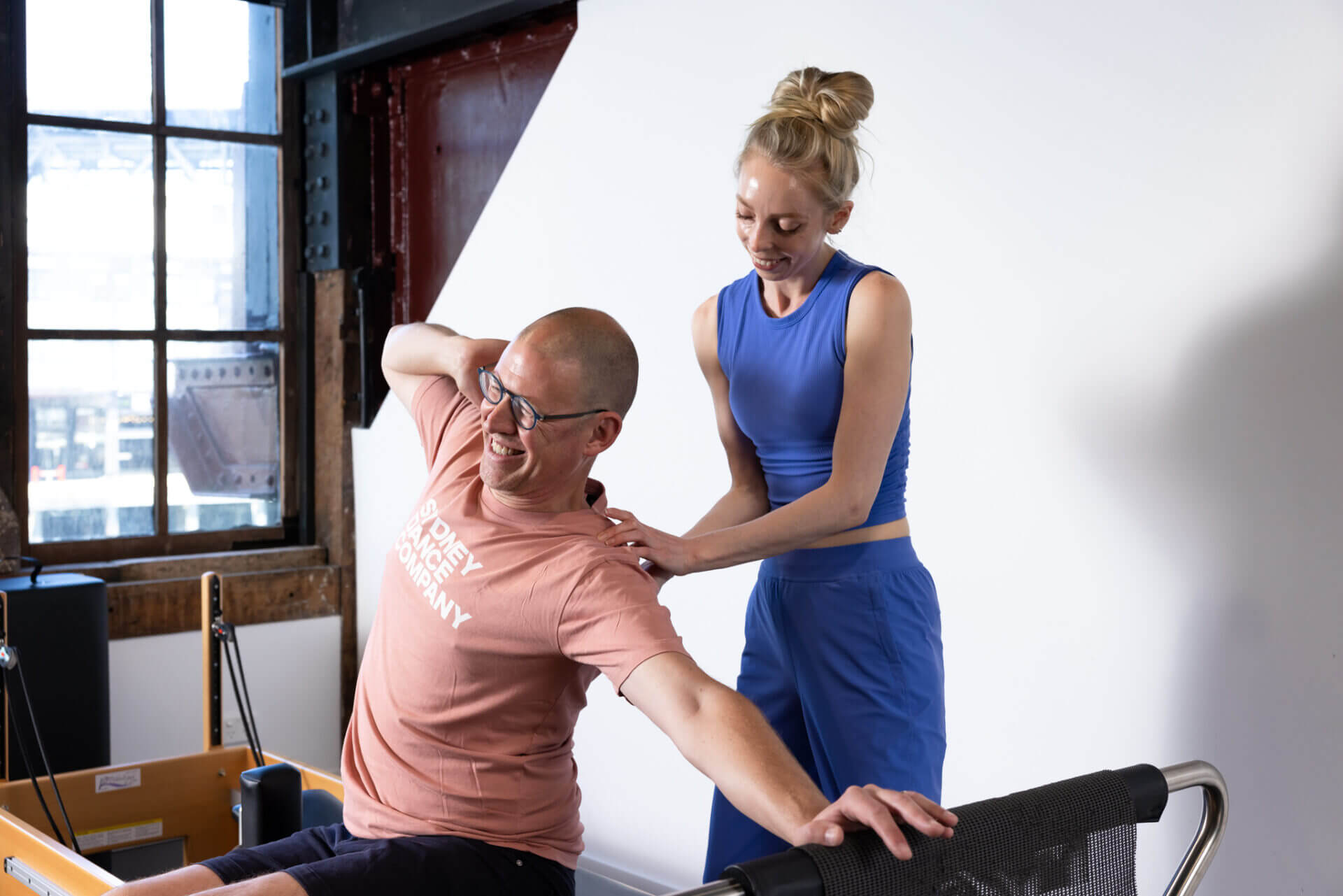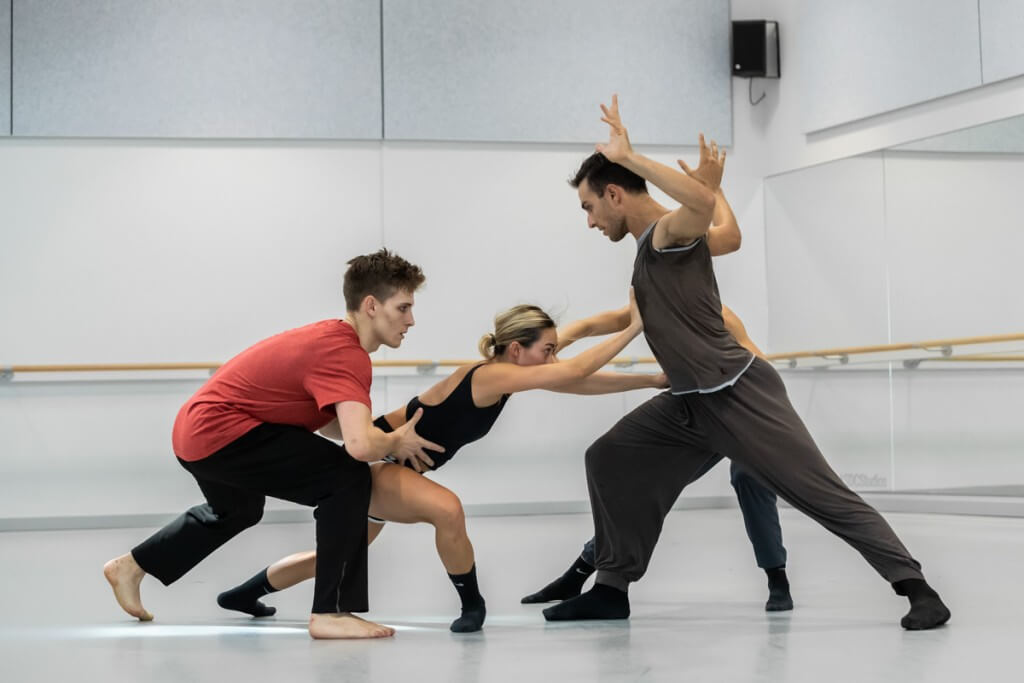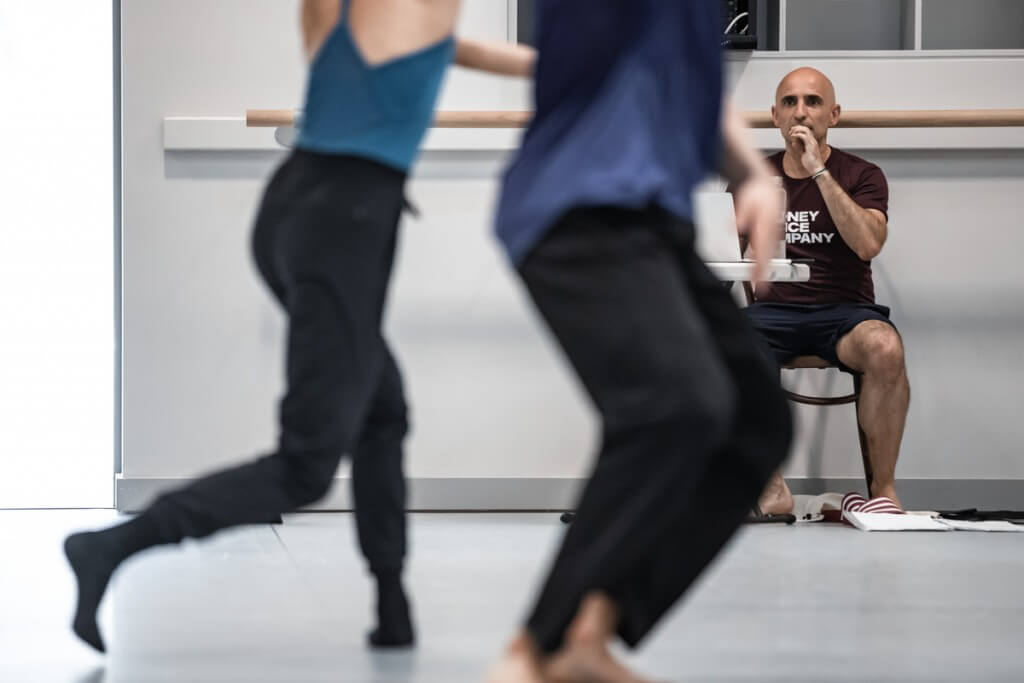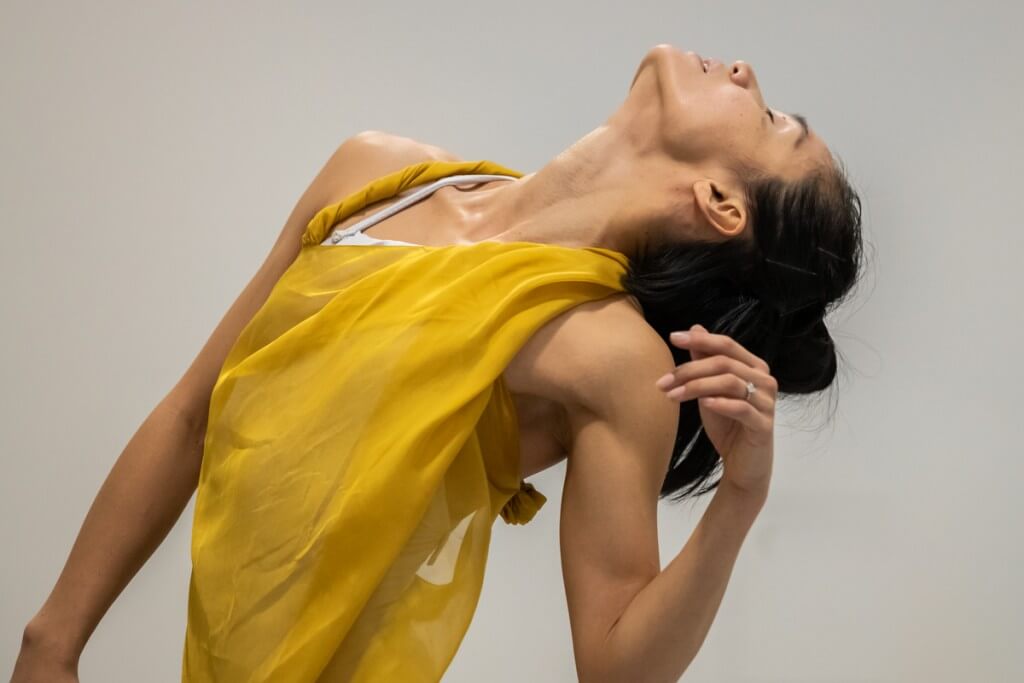Get to know our Pilates Instructor Felicity McGee

published
For Cinco, Rafael Bonachela‘s brand new work, the choreographer has turned to the world of numbers and mathematics for inspiration.
Coincidentally, the number five has taken centre stage.
The work features five dancers to perform all five movements of a string quartet composed in the 1950s. Not to mention, it’s also the Company’s 50th Anniversary this year. It’s only fitting then, that the work be called Cinco, meaning five in Spanish.
We talked to Rafael about the geometry of numbers, what he loves about classical music, and working with a smaller ensemble of dancers:
The starting point for the work was the music, which is always a really big part of my process. In this case I found Alberto Ginastera’s String Quartet No. 2, which I love. I’ve never heard of his string quartets before and they’ve never been used for dance. That was really the starting point for me.
The music is in five movements. I wanted to work with five dancers and we’re also celebrating 50 years of Sydney Dance Company. If you look back, a lot of my works have numbers in them so with Cinco it’s quite a coincidence that the music has five movements, and it’s also five decades of the Company. It all became about the number five.
There’s something really raw and emotive about it. A string quartet is like rock and roll for me, it’s frantic, fearless, virtuosic. Virtuosity for me in dance is also really important – finding a way to communicate emotions and expressions which physically articulates the music.

I have been working a lot with large ensembles in the last ten years. It’s very different when you work with smaller ensembles. With five dancers, it’s very much about their connection with one another. When you work with 16-20 dancers it’s a very different approach in the way that you pace and structure things. It also challenges and helps me explore possibilities.
After deciding to use five dancers, I researched the geometry of the number five and that helped inform some of the choreographic tasks. I looked at the placement of the dancers on stage with the use of a pentagram. They use the star as a map and they return to it a few times in the dance.
The haunting, melancholic, and rhythmic vitality of the music offers me a lot to connect with. Then, there is the element of rebellion. There is a daring sense of nature, unpredictability, freedom of thought and action, and harmony through conflict felt through the music.

I made a big map of the music that showed all of the pacing. Each section had its own feeling and was going to be an exercise. I wanted everybody to be on stage all the time. There was a lot of decisions that I made based on the map and it gave me a mood. Once I had the palette of movement and music I was able to slot things in, but I started with the beginning, which is never the case. So, for the first time ever I made a work in sequence.
The costumes are by Bianca Spender who has an exquisite sense of tailoring and a sophisticated and refined aesthetic. This music is sometimes fluid and round and sometimes it’s hard core and punchy. She had to fabricate the costumes to reflect this and bring those two things together.

Like all of my work, you will hopefully engage in some sort of unique narrative but I’m not trying to place meaning on it. I want the audience to feel something, what it is they feel I do not know. It could be wonder or a sense of rebellion, of being very alive, present and in the moment.
It’s discovering that every work is different. There is a lot of thinking and preparing and investment before I actually get into the studio. The moment I get into the studio with the dancers and start creating, what’s exciting about it is that it’s terrifying because you are confronted with challenges. Ginastera’s music is really demanding of me choreographically. What’s exciting is you’re finding your way through it and it all comes together.
See Rafael Bonachela’s Cinco as part of Sydney Dance Company’s 50th Anniversary Triple Bill, Bonachela / Nankivell / Lane from 26 March in Sydney, Canberra, Melbourne & on National Tour across Australia.